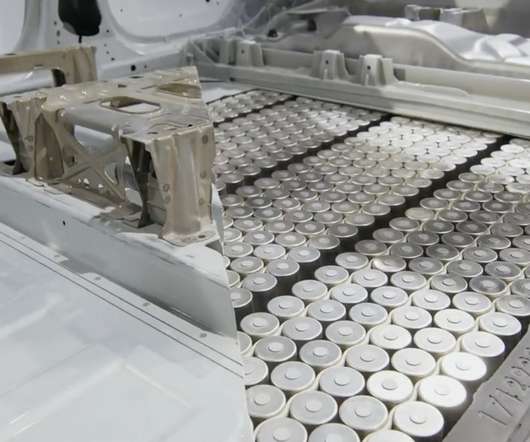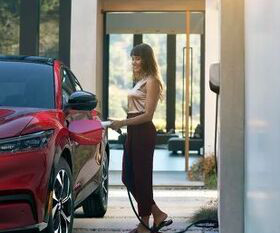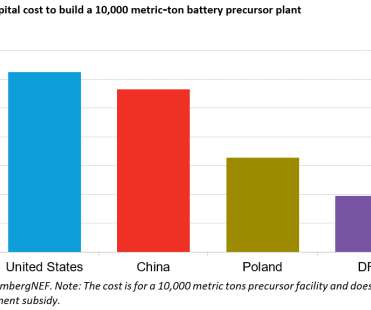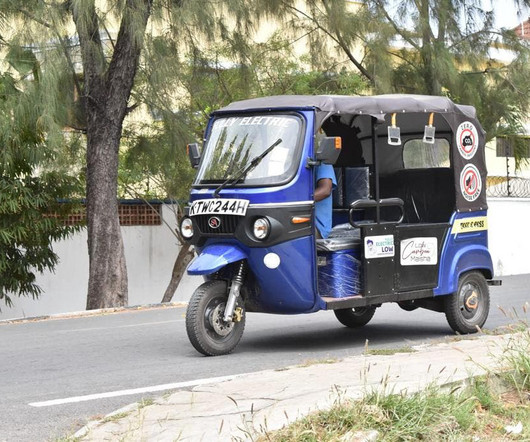Roskill: graphite prices could push higher on tightening markets for batteries & electrodes
Green Car Congress
MAY 18, 2018
Meanwhile, needle coke is being increasingly diverted into the battery market. Batteries underpin growth in natural graphite. Both synthetic and natural graphite compete for use in lithium-ion battery anodes, along with an increasing amount of needle coke and other existing carbon materials.












Let's personalize your content